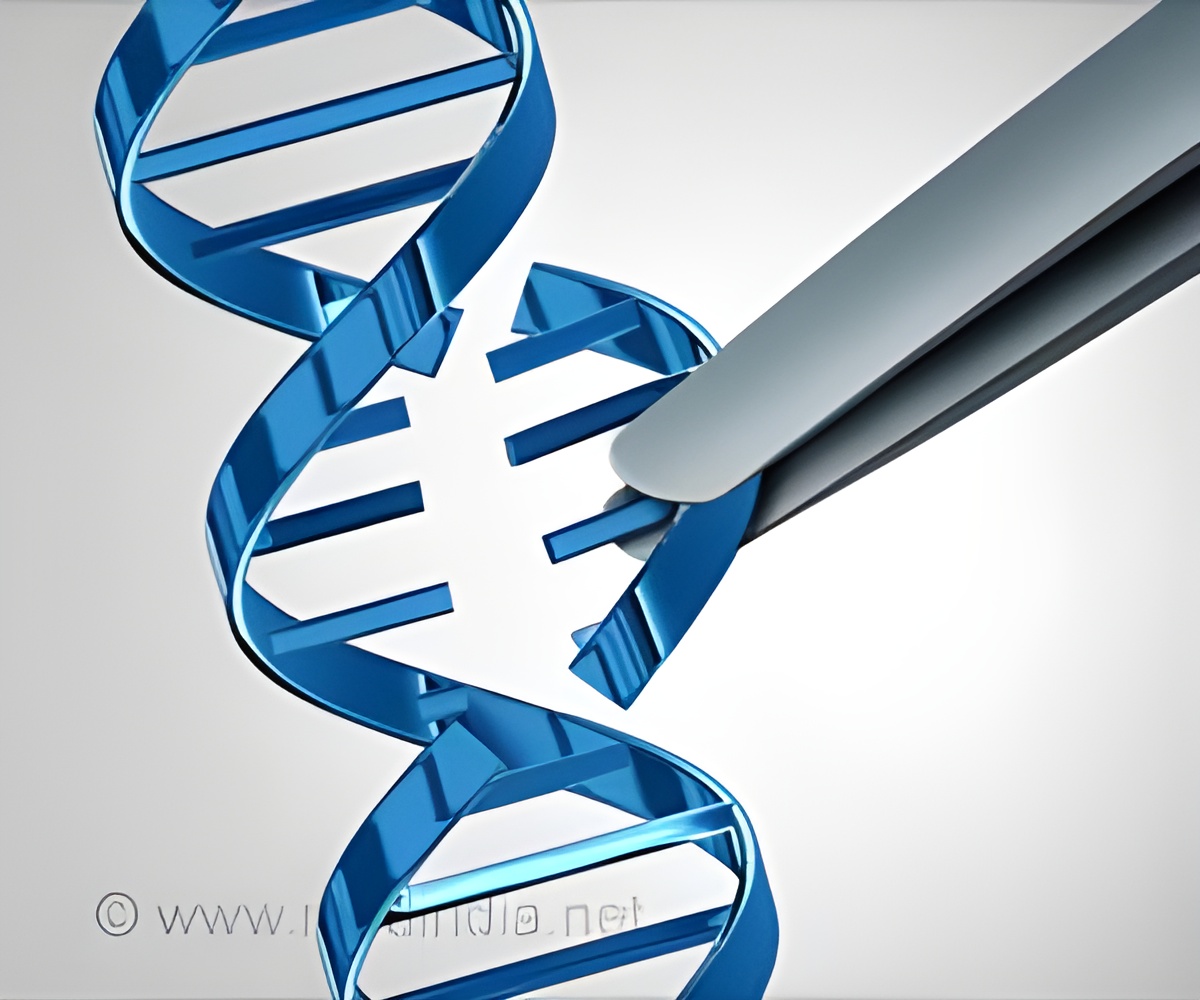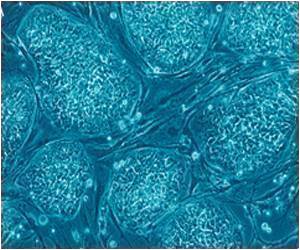
‘CRISPR, the gene editing strategy shows promise in recessive dystrophic epidermolysis bullosa (butterfly children). ’
Tweet it Now
Recessive dystrophic epidermolysis bullosa, an aggressive subtype of epidermolysis bullosa, is a rare disease resulting in severe skin fragility, characterized by the continuous formation of erosions and blisters on the skin and internal mucous membranes, as well as fibrosis and diverse complications such as pseudo-syndactyly (fusion of the fingers) and an elevated risk of developing metastatic squamous cell carcinoma. Dealing with this disease represents a challenge for health professionals and a great effort on the part of patients and their families.
This disease, of a genetic origin, is caused by mutations in the COL7A1 gene, which codifies for type VII collagen (C7), a protein essential for dermo-epidermal adhesion. In Spain, there is a high prevalence of one of these mutations, located at exon 80 of the gene (present in approximately 50% of the cohort of Spanish patients), which justifies the development of a precision therapy targeting this region of the gene. Gene editing with CRISPR/Cas9
The authors of this study have applied the gene-editing tool CRISPR/Cas9, which in this case is employed to safely and accurately eliminate from the stem cells of the skin of patients the exon 80 of the COL7A1 gene, which contains the pathogenic mutation. This leads to the production, from the edited cells, of a functional C7 variant.
Transplantation of a bioengineered skin equivalent carrying patients' cells "cured" using this new technology has shown to be capable of regenerating completely normal tissue in a reliable preclinical model of the disease.
Until now, the molecular tool CRISPR/Cas9 lacked the necessary levels of efficiency for realistic clinical applications using adult stem cells, such as hematopoietic or skin (epidermal) stem cells. Therefore, these strategies could not compete with conventional gene addition therapy using viral vectors. "However, this study showed that the new non-viral gene edition approach developed was even more effective than viral gene addition therapy for recessive dystrophic epidermolysis bullosa," the study's coauthor, Fernando Larcher, from CIEMAT, pointed out. In addition to its effectiveness, the strategy turned out to be safe by virtue of the absence of undesirable effects on the rest of the patient genome.
Advertisement










